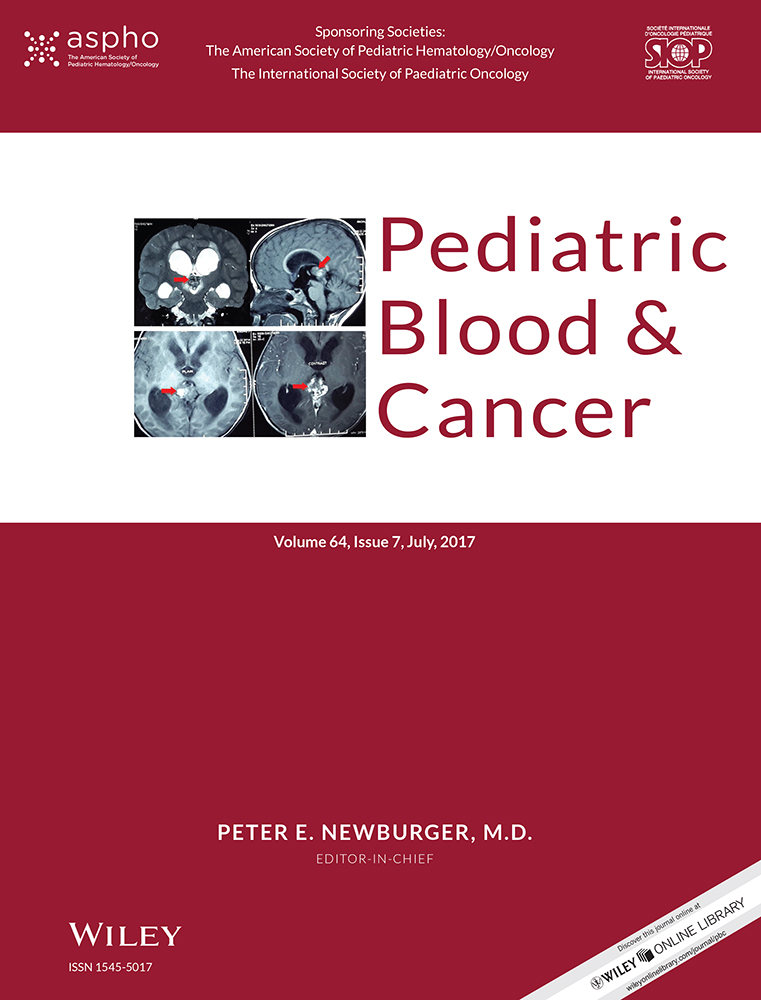Genomic characterization of pediatric B-lymphoblastic lymphoma and B-lymphoblastic leukemia using formalin-fixed tissues
[This article was corrected on December 30, 2016, because coauthor Mark A. Lones needed to have his name included.]
Abstract
Background
Recurrent genomic changes in B-lymphoblastic leukemia (B-ALL) identified by genome-wide single-nucleotide polymorphism (SNP) microarray analysis provide important prognostic information, but gene copy number analysis of its rare lymphoma counterpart, B-lymphoblastic lymphoma (B-LBL), is limited by the low incidence and lack of fresh tissue for genomic testing.
Procedure
We used molecular inversion probe (MIP) technology to analyze and compare copy number alterations (CNAs) in archival formalin-fixed paraffin-embedded pediatric B-LBL (n = 23) and B-ALL (n = 55).
Results
Similar to B-ALL, CDKN2A/B deletions were the most common alteration identified in 6/23 (26%) B-LBL cases. Eleven of 23 (48%) B-LBL patients were hyperdiploid, but none showed triple trisomies (chromosomes 4, 10, and 17) characteristic of B-ALL. IKZF1 and PAX5 deletions were observed in 13 and 17% of B-LBL, respectively, which was similar to the reported frequency in B-ALL. Immunoglobulin light chain lambda (IGL) locus deletions consistent with normal light chain rearrangement were observed in 5/23 (22%) B-LBL cases, compared with only 1% in B-ALL samples. None of the B-LBL cases showed abnormal, isolated VPREB1 deletion adjacent to IGL locus, which we identified in 25% of B-ALL.
Conclusions
Our study demonstrates that the copy number profile of B-LBL is distinct from B-ALL, suggesting possible differences in pathogenesis between these closely related diseases.




